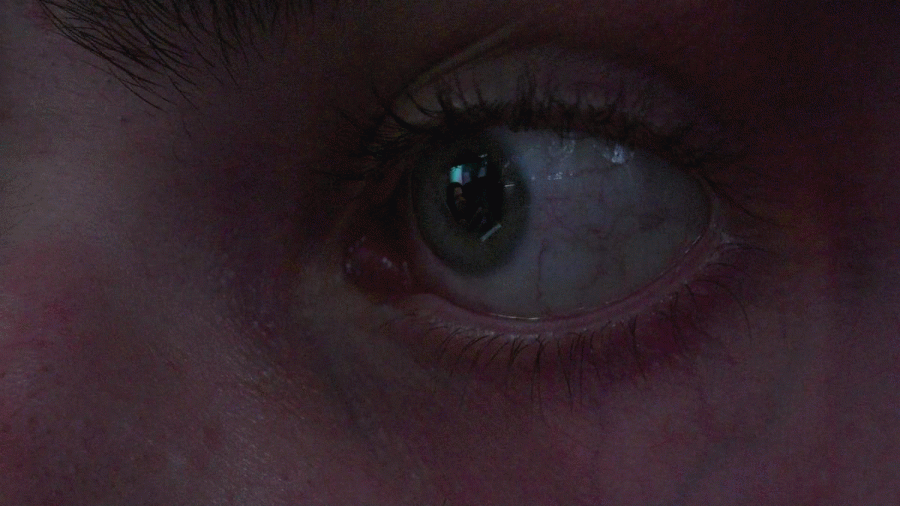In 2017, 40 percent of American high school students said they had sexual intercourse at some point in time, according to the U.S. Department of Health and Human Services. Globally, however, “only 34 percent of young people can demonstrate accurate knowledge of HIV prevention and transmission,” according to the United Nations Educational, Scientific and Cultural Organization.
Through Columbia Public Schools (CPS), students learn about human sexuality at various points in their education, including during online or in-seat high school health classes, of which they must take at least one half credit to graduate.
Senior Nora Hollister took in-seat health during summer school before her sophomore year but said the reproductive health information and sex education “didn’t feel complete.” While she said the class discussed topics including reproductive anatomy and sexually transmitted diseases (STDs), Hollister wished they covered more subject matter regarding safe sex as well as potential risks from sexual activity. She said because reproductive health is “sensitive and complex” many people do not understand it fully.
An article from sexual and reproductive health research and policy organization, The Guttmacher Institute, states that sexual activity is a natural part of humanity, which is why a sufficient education of related topics is essential for youth to make healthy and informed decisions. Junior Kenneth Seol said topics such as safe sex are important for students to learn in order to reduce the number of teenagers who contract STDs as a result of misinformation or lack of knowledge relating to sexual health.
Seol said his in-seat health class curriculum freshman year focused more on the consequences of sexual activity instead of the best response after contracting a sexual disease and where to go for help. He also said his health class approached human sexuality from an academic perspective and learned topics to prepare for their final as opposed to learning about sex as a “real issue.”
“I didn’t really like to approach these topics as an academic subject because we had to learn about these issues like a text book unit,” Seol said. “Everything was memorization about different diseases, and by the time a week passed, we wouldn’t even remember what we learned.”
Birth control and methods to prevent STDs are topics Seol said students should learn to be safe and informed about their sexual health. CPS Health and Physical Education Coordinator Patty Cornell said under state law, Missouri health curriculum at a minimum must include information relating to STDs and methods to prevent them. Cornell said it is up to the board of each school district or charter school to determine additional content relating to human sexuality.
“Our district provides puberty information in fourth and fifth grades [and] human life cycle, hygiene, abstinence, consent and STI’s [Sexually Transmitted Infections] in sixth through eighth,” Cornell said. “These are covered in more depth in high school along with types of contraceptives.”
Cornell said national and state standards exist to guide school districts when determining which topics to include at each grade level. She said a typical lesson includes presentation of medically accurate information, videos, research and time for student discussions and questions. The state must “present abstinence from sexual activity as the preferred choice of behavior in relation to all sexual activity for unmarried pupils” as it is the only method to completely avoid unwanted pregnancy, STDs, and emotional trauma according to a section of the Missouri law available from Justia, a legal resource providing anyone access to legal issues at the federal and state levels. Cornell said while the district wants to be sensitive to student needs, “teachers should not teach anything that goes beyond the prioritized standards.”
Cornell said she makes sure the health curriculum is “current, relevant and aligned” but said the district is “always in the process of determining what students need more of and what they need less of.” She said CPS tries to stay up-to-date on current subjects concerning young adults, including vaping and mental health, but the state prohibits topics such as abortion from appearing within the health curriculum because she said the current government is conservative.
With access to the Internet, Cornell said students can Google additional information related to their well-being if they need it. She said the district aims to incorporate 21st century skills to go with the facts. Examples of such skills include critical thinking, problem solving and health and wellness literacy, according to the online organization for education reform information, The Glossary of Education Reform.
Cornell said sexual and reproductive health are important subjects for students to also learn from parents, guardians, health instructors, religious leaders and other trusted adults because “even young children are curious about how their bodies work” and the subject should not be taboo. She said while the Board of Education approves the health curriculum, parents always have the option to excuse students from the human sexuality unit. Parents may elect this option for moral and or religious reasons, according to The Roman Catholic Diocese of San Diego. Hollister, however, said she believes sexual health is an important topic for students to learn in school.
“I think sex-ed should be covered in school curriculum because there’s a lot of information that needs to be discussed so that students have a better understanding of their reproductive health,” Hollister said. “Also, many students might not have a chance to otherwise learn about these topics, so they should be able to hear about it in a class.”
What are your thoughts on sexual/reproductive health curriculum? Let us know in the comments below.


















































































